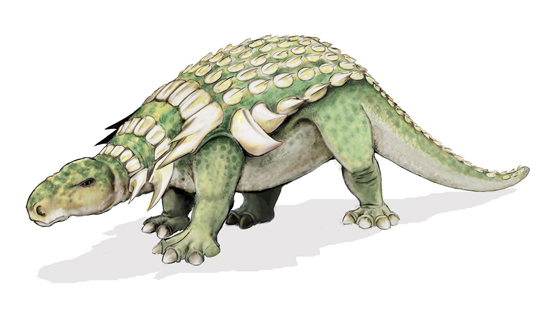| << Chapter < Page | Chapter >> Page > |
Reptiles are tetrapods. Limbless reptiles—snakes and other squamates—have vestigial limbs and, like caecilians, are classified as tetrapods because they are descended from four-limbed ancestors. Reptiles lay eggs enclosed in shells on land. Even aquatic reptiles return to the land to lay eggs. They usually reproduce sexually with internal fertilization. Some species display ovoviviparity, with the eggs remaining in the mother’s body until they are ready to hatch. Other species are viviparous, with the offspring born alive.
One of the key adaptations that permitted reptiles to live on land was the development of their scaly skin, containing the protein keratin and waxy lipids, which reduced water loss from the skin. This occlusive skin means that reptiles cannot use their skin for respiration, like amphibians, and thus all breathe with lungs.
Reptiles are ectotherms, animals whose main source of body heat comes from the environment. This is in contrast to endotherms, which use heat produced by metabolism to regulate body temperature. In addition to being ectothermic, reptiles are categorized as poikilotherms, or animals whose body temperatures vary rather than remain stable. Reptiles have behavioral adaptations to help regulate body temperature, such as basking in sunny places to warm up and finding shady spots or going underground to cool down. The advantage of ectothermy is that metabolic energy from food is not required to heat the body; therefore, reptiles can survive on about 10 percent of the calories required by a similarly sized endotherm. In cold weather, some reptiles such as the garter snake brumate. Brumation is similar to hibernation in that the animal becomes less active and can go for long periods without eating, but differs from hibernation in that brumating reptiles are not asleep or living off fat reserves. Rather, their metabolism is slowed in response to cold temperatures, and the animal is very sluggish.
Reptiles originated approximately 300 million years ago. The dinosaurs were a diverse group of terrestrial reptiles with more than 1,000 species identified to date. Paleontologists continue to discover new species of dinosaurs. Some dinosaurs were quadrupeds ( [link] ); others were bipeds. Some were carnivorous, whereas others were herbivorous. Dinosaurs laid eggs, and a number of nests containing fossilized eggs have been found. It is not known whether dinosaurs were endotherms or ectotherms. However, given that modern birds are endothermic, the dinosaurs that served as ancestors to birds likely were endothermic as well. Some fossil evidence exists for dinosaurian parental care, and comparative biology supports this hypothesis since the archosaur birds and crocodilians display parental care.

Dinosaurs dominated the Mesozoic Era, which was known as the “age of reptiles.” The dominance of dinosaurs lasted until the end of the Cretaceous, the last period of the Mesozoic Era. The Cretaceous-Tertiary extinction resulted in the loss of most of the large-bodied animals of the Mesozoic Era. Birds are the only living descendants of one of the major clades of dinosaurs.

Notification Switch
Would you like to follow the 'Bi 101 for lbcc ilearn campus' conversation and receive update notifications?